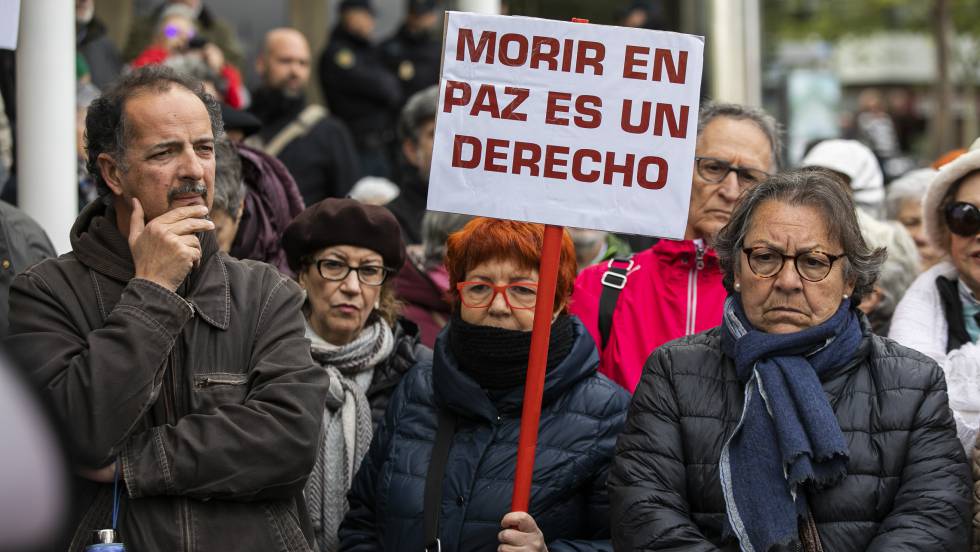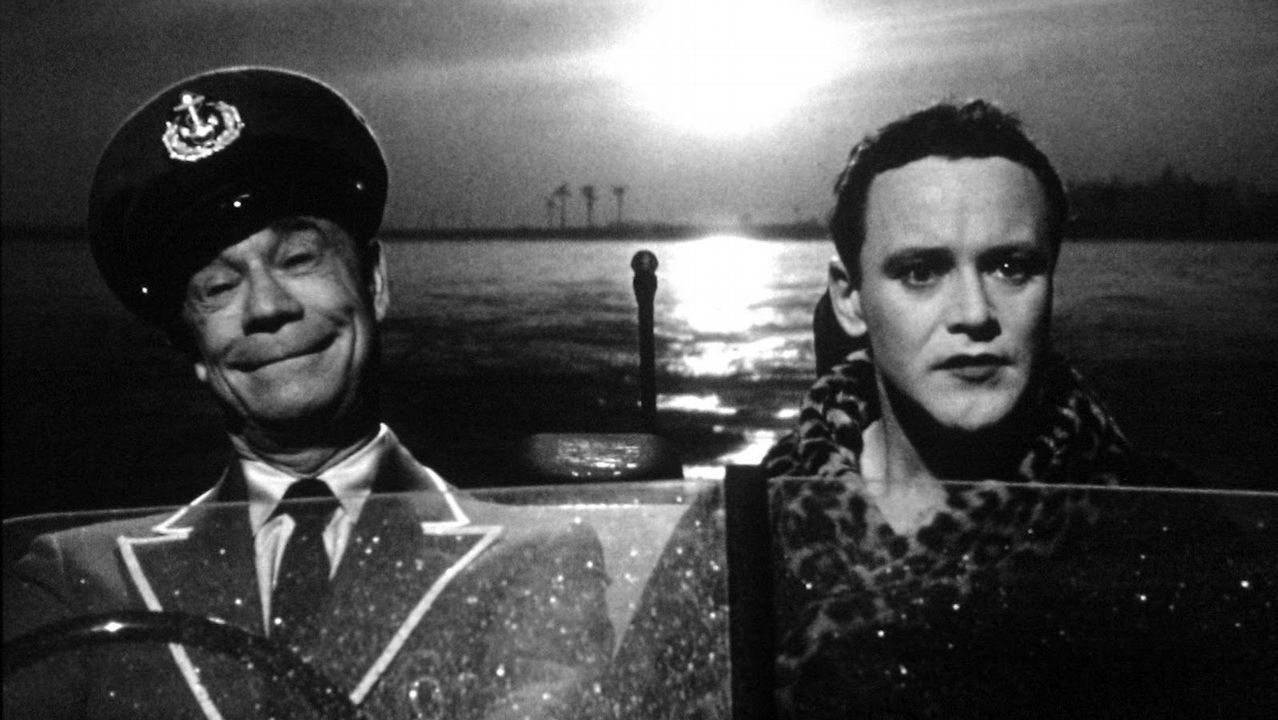FULL SHOT
For the fisrt shot I wanted to focus the picture in the place where It will be take the next pictures. I also changed the colours and added a light effect to make the picture warmer.
For this picture I wanted to focus in the person and give the feeling of insecurity, fair and something small throught this angle. For the color I did not make a big change except a greater contrast of colors.
AMERICAN SHOT
Now we have an american shot whit other efect in there. I wanted to impact the image and the people in it through bright colors and an angle from below to give more confidence and security.
MEDIUM SHOT
For this photo here I wanted the image to be seen with a comic effect. The shot taken here is of medium plane.
CLOSE SHOT
For this photograph we have a close-up at a right angle. Despite the closeness, he does not try to show how the character feels but rather in the landscape and nature that is reflected in his figure. To do this I used two different layers by removing the person from the image and pasting it to a background.
For this image I wanted to focus specifically on the person through a close shot, which does not give us detailed information about their actions but their feelings. In the photo we can appreciate the happiness you are feeling at that moment.
Although not only I focused on the closeness of the photo but also through the warm tones and the play of lights you can appreciate more the warm feeling.
EXTREME CLOSE SHOT
Full Shot

The first image clearly expresses a full shot which does not seek to give concrete details about the character but to give information about the place and context in which it is located. It is an introduction that will indicate the time and space in which we are as in this take on the city of New York very common in several series whose plot is developed on that site, although it does not have to be precisely that city but it applies to anywhere.

Here we have another example with a plane closer than the previous one, but not too much. It shows several people participating and assisting in the Holy Week procession through a general angle.

On the other hand, we have a social photograph that exists among many more that graphically documented the events of the time. Unemployed people, homeless people, poverty and misery is what is reflected, in this case, a full shot that allows collecting information from the historical and social context along with a slightly tilted angle giving the feeling of smallness, fear and insecurity.
(This, like other photographs, is collected in the book "An American Exodus, a Record of Human Erosion" which documented oral testimonies accompanied by images of farmers and peasants affected by the Great Depression of the United States in the 1930s with the goal of raising people's awareness)
Finally, I have taken as an example an image of a music video. A full shot next to an angle inclined perpendicularly downward pointing to the main character in the middle.
Medium shot

You can see a medium shot which shows the background and at the same time the character 'gestures as their motions like in this picture where there's a girl with her mom in a room with a teacher or someone who works in an education center. The angle in this case as in almost all is a neutral one which is the most used in any media and gives that feeling of stability and tranquility as in the news dedicated to education and its desire for a coexistence of respect and harmony between teachers and parents to positively affect the education of the young person.
Here we have one of the most iconic images of The Great Depression in the United States taken by Dorothea Lange. The suffering of their victims was devastating and in this case it is specifically shown that of the women whose family to support subject them to work hard in any job and conditions to survive. In the case of single mothers it was a double effort because they had to take care of their children and work alone.
This photo offers us the information in a graphic way with a medium plane that allows us to observe the environment in which it is located, which is desolate, with few resources and unhygienic, but also enough proximity to be able to see his face worried and distressed by the situation he is in.
The angle in this case is a neutral one that simply seeks to focus attention on the subject.
Here are other examples of the same type of plane:

(medium shot, neutral shot or eye-level)

(medium shot, neutral shot or eye-level)
Close shot
(over the shoulder)
For this type of shot I have decided to choose video clips and movies. In these examples you can see in more detail the face of people and pay more attention to their expressions, thoughts and feelings in a way that allows you to better connect with the characters. There is no angle outside the neutral. In one of the examples with the two girls who are talking, the camera does not point their faces straight but slightly tilted to the side (over the shoulder).
Extreme close shot
Although a foreground is able to show us in greater detail the emotions, there is the plane in detail which is much closer than the previous one as in this example where it focuses on the eye of someone specific. These shots are not usually taken randomly but try to draw attention to the public of something that we could not identify with the naked eye and which is important. Here we can see the eye of a young man who can go unnoticed, but if we look closely at the figure that reflects on him it is important because it is linked to his past.
The point of view shot


Over shoulder
This last section focuses more on the point of view used than on the resorted plane (which has been a medium / close shot). Here you can see how events cease to be seen from a third party and place it to the reality of the character himself.


































![#wattpad #fanfic -Donde TaeHyung se enamoró de una chica de Instagram. beliketae © 2017 [...] [21/9/17 - #29 en FANFIC] [22/9/17 - #64 en FANFIC] [23/9/17 - #146 en FANFIC] [24/9/17 - #278 en FANFIC] [26/9/17 - #485 en FANFIC] [27/9/17 - #833 en FANFIC] [28/9/17 - #965 en FANFIC] [01/9/17 - #42 en...](https://i.pinimg.com/564x/ef/37/02/ef3702832c3eab24f46b48d68c252a1b.jpg)